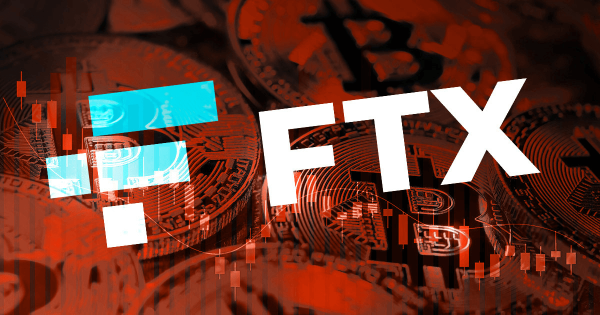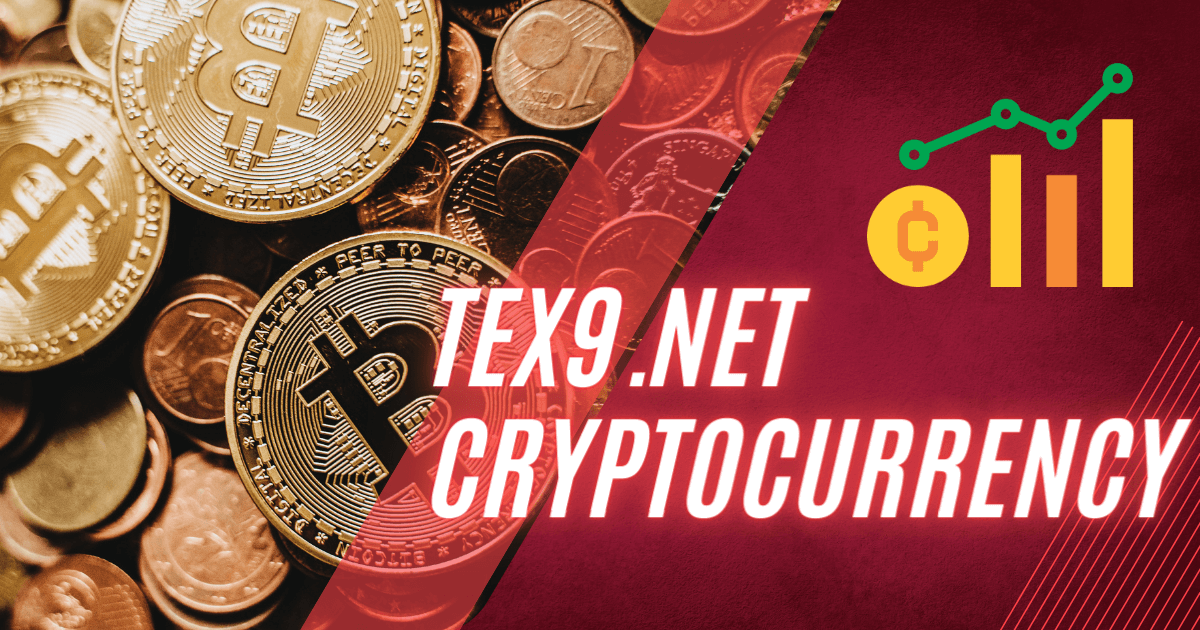Table of Contents
FTX Exchange Platform
FTX is a cryptocurrency exchange platform that was launched in 2019 by FTX Trading Limited. It is a rapidly growing platform that has gained popularity due to its unique features and innovative offerings.
The platform is designed to offer a wide range of trading options for both experienced and novice traders. FTX supports trading of more than 100 different cryptocurrencies, including Bitcoin, Ethereum, Litecoin, and many others.
One of the standout features of FTX is its wide range of trading products. The platform offers futures, perpetual swaps, leveraged tokens, options, and spot trading. The leverage offered on FTX varies depending on the product being traded, with some products offering up to 101x leverage.
FTX also has a range of indices that allow traders to track the performance of different segments of the cryptocurrency market. These indices are designed to provide traders with a diversified exposure to the cryptocurrency market without having to manually manage a portfolio of individual coins.
The platform has gained a reputation for its innovative offerings, including the launch of a tokenized version of stocks like Tesla and Apple. These tokenized stocks allow traders to gain exposure to the stock market without having to use traditional financial instruments.
FTX has also introduced a range of features to make trading more accessible to novice traders. This includes a simplified user interface, educational resources, and a demo trading mode.
Overall, FTX is a rapidly growing cryptocurrency exchange platform that offers a wide range of trading products and innovative features. It has gained popularity among traders due to its diverse offerings and commitment to making trading accessible to everyone.
Types of Accounts Available on FTX
FTX offers a range of account types to suit the needs of different types of traders. The following are the main types of accounts available on FTX:
- Individual Account: This is the standard account type and is suitable for individual traders. It allows traders to trade a wide range of cryptocurrencies and trading products on the platform.
- Institutional Account: This account type is designed for businesses, institutional investors, and professional traders. It offers higher trading limits and advanced trading tools such as API access and subaccounts.
- Subaccount: Subaccounts are available for both individual and institutional account holders. They allow traders to create multiple trading accounts under a single master account. This can be useful for managing different trading strategies or for allocating funds to different traders.
- FTX OTC: This account type is designed for high-volume traders who want to trade large blocks of cryptocurrencies off-exchange. FTX OTC offers competitive pricing and personalized service to its clients.
- FTX US: This is a separate exchange platform that is compliant with US regulations. It is designed for US-based traders who want to trade cryptocurrencies in a regulated environment.
- FTX EU: This is a separate exchange platform that is compliant with European regulations. It is designed for European traders who want to trade cryptocurrencies in a regulated environment.
- FTX NFTs: This is a separate platform that is designed for trading non-fungible tokens (NFTs). It offers a range of NFTs from different creators and artists.
Each account type has its own set of features and requirements. Traders can choose the account type that best suits their needs and trading style.
Different Types of Products at FTX
FTX offers a wide range of cryptocurrency trading products to suit the needs of different types of traders. The following are the main types of products available on FTX:
- Spot Trading: Spot trading allows traders to buy and sell cryptocurrencies at the current market price. FTX offers spot trading for a wide range of cryptocurrencies, including Bitcoin, Ethereum, Litecoin, and many others.
- Futures Trading: Futures trading allows traders to buy and sell cryptocurrencies at a predetermined price and date in the future. FTX offers futures trading for a range of cryptocurrencies with leverage of up to 101x.
- Perpetual Swaps: Perpetual swaps are similar to futures contracts but have no expiry date. They allow traders to buy and sell cryptocurrencies with leverage of up to 101x.
- Leveraged Tokens: Leveraged tokens are ERC-20 tokens that allow traders to gain leveraged exposure to a range of cryptocurrencies without having to manage margin or liquidation risk.
- Options Trading: Options trading allows traders to buy and sell options contracts on cryptocurrencies. FTX offers a range of options products, including Bitcoin options, Ether options, and index options.
- MOVE Contracts: MOVE contracts are a type of option contract that allows traders to bet on the magnitude of price movements of cryptocurrencies. They are settled daily based on the daily percentage change in the price of the underlying cryptocurrency.
- Volatility Products: FTX offers a range of volatility products that allow traders to gain exposure to the volatility of different cryptocurrencies. These products include the BVOL and IVOL indices.
- Indices: FTX has a range of indices that allow traders to track the performance of different segments of the cryptocurrency market. These indices include the BTC index, the ALT index, and the SHIT index.
Overall, FTX offers a diverse range of cryptocurrency trading products that cater to the needs of both novice and experienced traders. Traders can choose the product that best suits their trading strategy and risk tolerance.
Exploring the User Interface of FTX
FTX’s user interface is designed to be user-friendly and easy to navigate. The platform has a sleek and modern design that makes it easy to find the features and tools you need. Here are some of the main elements of the FTX user interface:
- Dashboard: The dashboard is the main page of the platform, and it displays your portfolio, trading history, and current positions. It also displays important market data such as price charts, order books, and trade history.
- Navigation Bar: The navigation bar is located at the top of the platform, and it provides easy access to the different sections of the platform. The navigation bar includes sections for trading, wallets, account settings, and support.
- Trading Section: The trading section is where you can place orders for different trading products such as spot trading, futures trading, and options trading. The trading section also displays important market data such as price charts, order books, and trade history.
- Wallets Section: The wallets section is where you can view and manage your cryptocurrency balances. You can deposit and withdraw cryptocurrencies, view your transaction history, and manage your wallets.
- Account Settings: The account settings section is where you can manage your account details such as your personal information, security settings, and API keys.
- Support: The support section is where you can access the FTX help center, submit a support ticket, or contact customer support.
FTX’s user interface is designed to be intuitive and user-friendly, making it easy for traders of all levels to navigate and use the platform.
Security and Regulatory Compliance at FTX
Security and regulatory compliance are important aspects of any cryptocurrency exchange, and FTX takes both of these issues seriously. Here are some of the measures that FTX has implemented to ensure security and regulatory compliance:
- Security Measures: FTX employs a range of security measures to protect its users’ funds and data. These measures include two-factor authentication, SSL encryption, cold storage of user funds, and regular security audits by third-party firms.
- Compliance: FTX is registered as a cryptocurrency exchange and derivatives trading platform in several jurisdictions, including the United States, Europe, and Australia. The platform complies with local laws and regulations in these jurisdictions, including Know Your Customer (KYC) and Anti-Money Laundering (AML) regulations.
- Segregated Accounts: FTX maintains segregated accounts for its users’ funds, which means that user funds are kept separate from the exchange’s operating funds. This reduces the risk of loss due to hacking or mismanagement.
- Insurance: FTX has insurance coverage for its users’ funds, which provides additional protection in the event of a security breach or other loss.
- Transparency: FTX is committed to transparency, and it regularly publishes reports on its trading volume, liquidity, and other metrics. This allows users to monitor the performance and health of the platform.
Overall, FTX takes security and regulatory compliance seriously and has implemented a range of measures to protect its users’ funds and data.
Payment Options on the FTX Platform
FTX supports a range of payment options to make it easy for users to deposit and withdraw funds on the platform. Here are some of the payment options available on FTX:
- Cryptocurrency Deposits and Withdrawals: FTX supports deposits and withdrawals of a range of cryptocurrencies, including Bitcoin, Ethereum, Litecoin, and many others. Users can easily deposit and withdraw cryptocurrencies to and from their FTX wallets.
- Bank Transfers: FTX supports bank transfers for deposits and withdrawals in several fiat currencies, including USD, EUR, and GBP. Users can link their bank accounts to FTX and transfer funds using SEPA or wire transfers.
- Credit and Debit Cards: FTX supports deposits and withdrawals using credit and debit cards from Visa and Mastercard. This option allows users to quickly and easily deposit funds to their FTX accounts.
- Stablecoins: FTX supports deposits and withdrawals of several stablecoins, including USDT, USDC, and BUSD. These stablecoins are pegged to the value of the US dollar and provide a stable alternative to cryptocurrencies that are subject to price volatility.
- Third-Party Payment Providers: FTX also supports deposits and withdrawals using third-party payment providers such as PayPal, Skrill, and Neteller. These options provide additional flexibility for users who prefer to use these payment methods.
Overall, FTX supports a wide range of payment options to make it easy for users to deposit and withdraw funds on the platform. Users can choose the payment method that is most convenient for them.
Conclusion
In conclusion, FTX is a popular cryptocurrency exchange and derivatives trading platform that offers a range of features and tools for users to trade cryptocurrencies and other digital assets. The platform supports a wide range of trading products, including spot trading, futures trading, options trading, and leveraged tokens. FTX also offers a range of payment options and is committed to security and regulatory compliance. With its user-friendly interface and innovative features, FTX is a popular choice for both novice and experienced traders in the cryptocurrency market.




